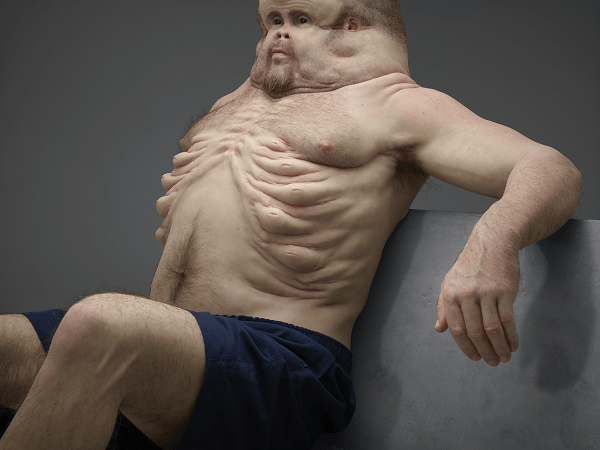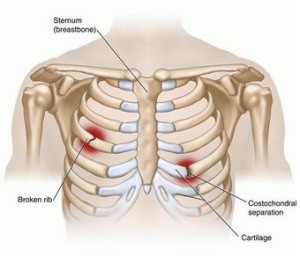

To test this hypothesis we noninvasively measure kinematics and volume changes of chest wall in OI patients in two different positions in order to show possible differences between the moderate (type IV) and the most severe (type III) forms and to find possible correlations between chest wall deformities, pulmonary function and ventilatory pattern. The hypothesis of the present paper is that structural modifications of the rib cage due to OI have important consequences on ventilation at rest in terms of chest wall function. Īlthough it is reasonable to postulate that structural alterations of the chest wall, namely spinal and rib cage deformities, may contribute to cardiopulmonary problems in severe OI, few authors reported data on deformities and pulmonary function. Life expectancy in OI type IV is similar to general population, while in type III is reduced with cardiopulmonary insufficiency and respiratory infections being the leading causes of death in these patients, and their prevention and treatment are important factors for prognosis. OI type I is the mildest form characterized by blue sclerae perinatal lethal OI type II, also known as congenital OI OI type III, the most severe non-lethal form characterized by multiple fractures with normal sclera, progressive long bones, spine deformities and short stature and OI type IV, a moderate form with normal sclerae –. , considers four main groups according to the phenotypic variability, i.e. Although new types of OI syndrome have been recently introduced, the traditional classification proposed by Sillence et al. OI exhibits a broad range of clinical severity, ranging from multiple fracturing in utero to normal adult stature and a low fracture incidence. Osteogenesis imperfecta (OI) is a genetically heterogeneous group of congenital disorders of collagen synthesis characterized by brittle bones leading to different levels of skeletal deformities and frequent multiple fractures. This is an open-access article distributed under the terms of the Creative Commons Attribution License, which permits unrestricted use, distribution, and reproduction in any medium, provided the original author and source are credited.įunding: This work was supported by a grant of Fondazione Cariplo: Health Innovation Network Technology Lecco ( The funders had no role in study design, data collection and analysis, decision to publish, or preparation of the manuscript.Ĭompeting interests: The authors have declared that no competing interests exist. Received: NovemAccepted: MaPublished: April 27, 2012Ĭopyright: © 2012 LoMauro et al. PLoS ONE 7(4):Įditor: James West, Vanderbilt University Medical Center, United States of America (2012) Rib Cage Deformities Alter Respiratory Muscle Action and Chest Wall Function in Patients with Severe Osteogenesis Imperfecta.

Make a top surgery plan and take care of your chest in the meantime! Damaging your body will only make top surgery harder.Citation: LoMauro A, Pochintesta S, Romei M, D'Angelo MG, Pedotti A, Turconi AC, et al. TLDR, you notice your chest more than anyone else and don't let dysphoria permanently harm your body. This meant my surgeon had an easy time working on me. (I like the $3 binder for this) I had limited shirt choices before top surgery, but my breasts never deformed and I have no rib damage whatsoever. I just layered my clothing in such a way to distract from/hide my tits and wore a loose fitting binder that squared off the appearance of my chest. And you know what? No one noticed! Seriously when I told work I had to have time off for top surgery they were surprised I had tits at all. I was a petite c cup (I could have posted to r/bustypetite) and I barely binded my chest for the three years it took me to get top surgery. It shows you can't control your dysphoria.

Thank you for posting, I'm so sorry this has happened but I hope this serves as a good reminder for other guys to never over bind! Some trans guys say things like,"I wear my binder 15 hours a day." Like over-binding is something to be proud of, but it's not.


 0 kommentar(er)
0 kommentar(er)
